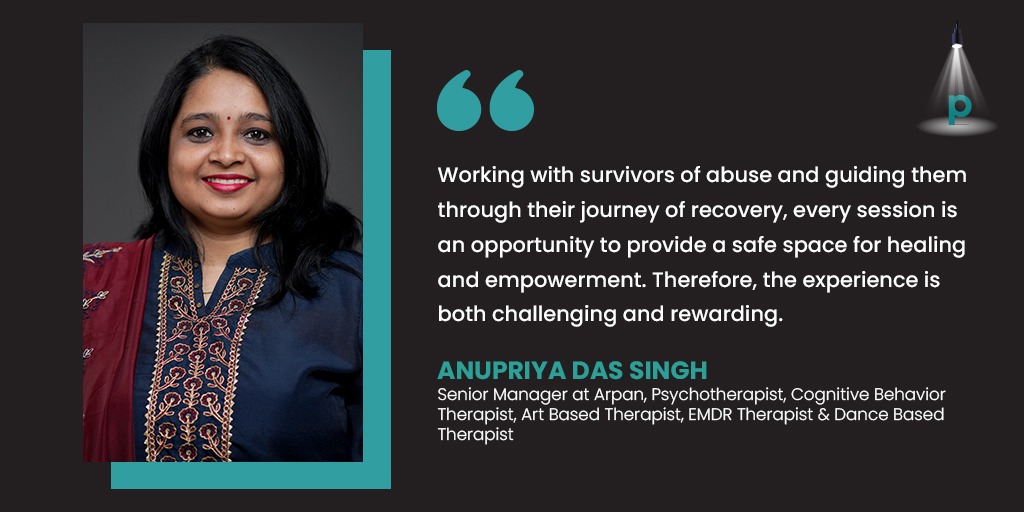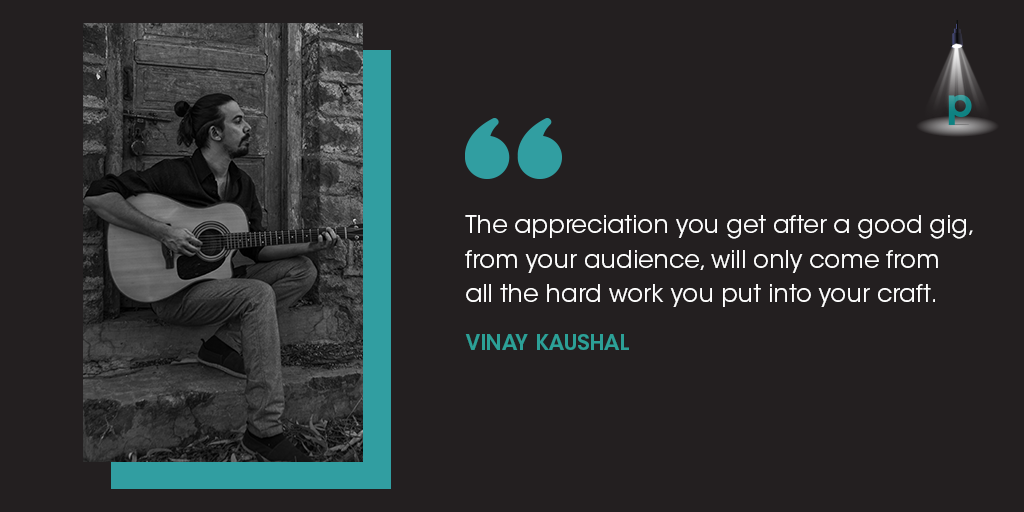Imagine a digital domino rally, not made of cold, hard plastic, but of the trends shaping our online world. Some seem innocuous, like a podcast whispering its way into the vast blogosphere. Others are behemoths, like AI’s hulking potential poised to reshape industries. In 2024, these trends will topple each other, creating a cascade of change that ripples through how we work, connect, and even entertain ourselves. Let’s grab a front-row seat and watch them fall, shall we?
Human skills will be essential for the uptake of AI
The irony is delicious. As AI’s tendrils reach further, the need for human touch intensifies. NTT’s CX report reveals that automation isn’t just about replacing us; it’s about amplifying our skills. But this hinges on one critical factor: closing the widening skills gap. Imagine a symphony where the violins are missing – that’s our current digital orchestra. Reskilling and upskilling will become the new baseline, the prerequisite for playing in the digital future.
Podcasts over blogs
Podcasts, once the underdog to blogs, are poised for a boom. With a vast, untapped audience and creative freedom, they offer a unique space for brands to connect and entertain. Email blasts and ad swaps become the pickaxes chipping away at the blogosphere’s dominance, paving the way for a world where storytelling takes centre stage.
Businesses will focus on creating guardrails to mitigate AI risks
As Generative AI bursts onto the scene, whispers of its risks grow louder. But fear not, the domino of accountability is ready to steady the fall. Companies like Lenovo are leading the charge with robust governance policies and human-in-the-loop approaches, ensuring AI’s creative spark doesn’t ignite into an ethical inferno.
The ROI Trend – Entertainment fuels the social ROI engine
Forget ROI reports filled with jargon. Consumers yearn for brands that entertain, not lecture. Hootsuite’s Social Trends Survey 2024 paints a clear picture: people crave brands that are relatable, not self-promoting. The domino of entertainment marketing falls, fueled by laughter, shared experiences, and a dash of emotional resonance.
Transitioning from Ads to Subscriptions
The ad-based revenue model, once the digital kingdom’s crown jewel, is starting to wobble. Platforms like X, Facebook, and Instagram are testing the waters of user fees, hinting at a future where subscriptions reign supreme. This domino’s fall will be a test for marketers, a chance to adapt and forge new paths to monetization.
The Future of Privacy-First AdTech
Data privacy, once a niche concern, is now a global movement. The domino of stricter regulations, led by GDPR and CCPA, is gathering momentum. In Australia, the Online Privacy Bill promises to reshape the digital landscape, demanding transparency and accountability from all players. Indian Marketers should also prepare to pivot!
Chatbots in Marketing
Chatbots, AI’s friendly (well, sometimes) faces, are popping up everywhere. They can be marketing superheroes, offering 24/7 support and personalized interactions. But beware the robotic dead-end! The key is crafting engaging, human-infused conversations. Friend or foe? You write the script.
Voice Search and SEO
As voice assistants like Siri and Alexa become household companions, the way we search for information takes a dramatic turn. The voice search domino, fueled by conversational language and long-tail keywords, will demand SEO strategies that cater to the rhythm of spoken queries. Businesses that ignore it risk being lost in the silent digital ether.
So, there you have it – the digital domino rally of 2024. Each trend, a catalyst for change, poised to reshape our online landscape. Stay tuned, dear reader, for this is just the beginning. The fall is about to commence, and we’re all watching, breathless, as the future unfolds before our eyes.





